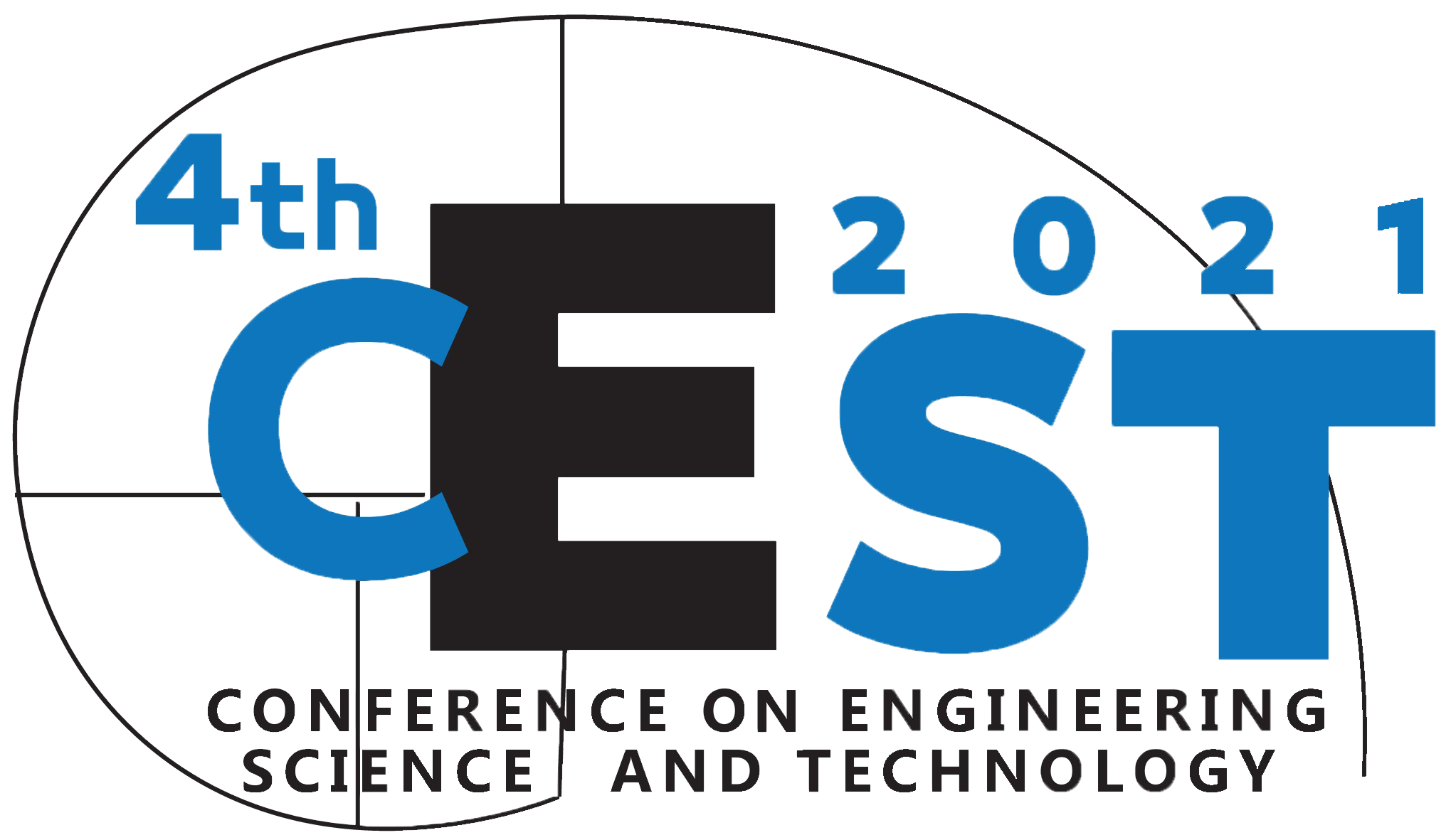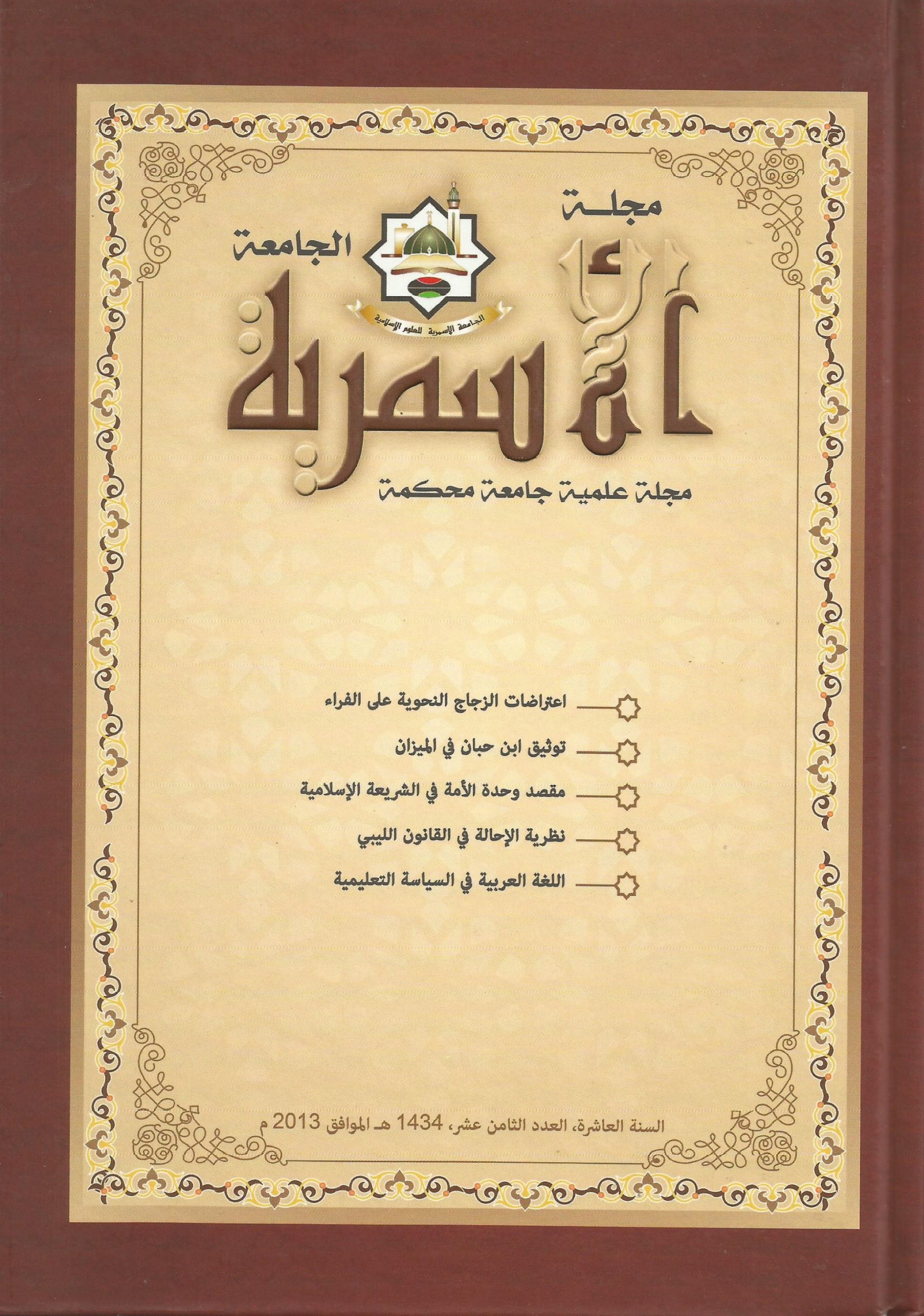Adsorption of Copper (II) Ions from Aqueous Solution onto Marble Waste
Keywords:
Adsorption, Heavy metals, Wastewater, Langmuir, Freundlich , isotherm modelsAbstract
The presence of heavy metals in the environment is a major concern due to their toxicity for many life forms. This research studied the ability of using Marble Waste (MW) as an adsorbent for the removal of Cu (II) ions from aqueous solution by batch operation. Experimental investigations of a number of operating parameters were performed to assess their effect on the removal of Cu (II) by Marble waste from synthetic solutions. These parameters are contact time, adsorbent dose initial concentration of adsorbate, agitation rate, solution temperature and pH level. The optimum conditions were determined to be pH 6, 2g adsorbent dose, 100 min contact time, 50ppm Cu and 35 0C for copper removal, and particle diameter at 0.275 μm. The adsorption process of copper (II) is tested with Langmuir and Freundlich adsorption isotherm models. The results revealed that copper is considerably adsorbed on Marble Waste and it could be economic method for the removal of copper from aqueous solutions. Moreover this study gives a value added utilization of biomass to remove Cu from wastewater.
Downloads
References
Al-Weher, M. Levels Oof Heavy Metal Cd, Cu And Zn In Three Fish Species Collected From The Northern Jordan Valley. Jordan Journal of Biological Sciences. 2008, 1:41-46.
Aljfairi, et al. Removal of Copper (II) Ions From Aqueous Solution Using Pine Activated Carbon. Journal of Ecological & Environmental Sciences and Technology (Ljeest). 2019, 1:49-56.
Cai LM. et al. Heavy metals in agricultural soils from a typical township in Guangdong Province, china: occurrences and spatial distribution. ecotoxicol environ saf, 2019, 168:184–191. DOI: https://doi.org/10.1016/j.ecoenv.2018.10.092
Zhang X, et al. Impacts of Lead/Zinc Mining And Smelting On The Environment And Human Health In China. Environment Assess. 2012, 184(4):2261–2273. DOI: https://doi.org/10.1007/s10661-011-2115-6
Al-Saydeh, et al. Copper Removal From Industrial Wastewater: A Comprehensive Review. J. Ind. Eng. Chem. 2017, 56, 35–44. DOI: https://doi.org/10.1016/j.jiec.2017.07.026
Nuhoglu, Y. And Oguz, E. Removal Of Copper (II) From Aqueous Solutions By Biosorption On The Cone Biomass Of Thuja Orientates. Process Biochemistry. 2003, 38, 157-163. DOI: https://doi.org/10.1016/S0032-9592(03)00055-4
Gunatilake, S.K. Methods of removing heavy metals from industrial wastewater. J. Multidiscip. Eng. Sci. Stud. 2015, 1, 12–18.
Yong-Mei, et al. Effective Removal of Cu (II) Ions from aqueous solution by Amino-functionalized magnetic nanoparticles. J. Hazard. Mater. 2010, 184, 392–399. DOI: https://doi.org/10.1016/j.jhazmat.2010.08.048
Downloads
Published
Conference Proceedings Volume
Section
License
Copyright (c) 2021 خالد سالم الجفائري، جمال خليفة الفلو ، سالم محمد البركي ، محمد مفتاح الجبو، علاء بلغارات

This work is licensed under a Creative Commons Attribution 4.0 International License.





